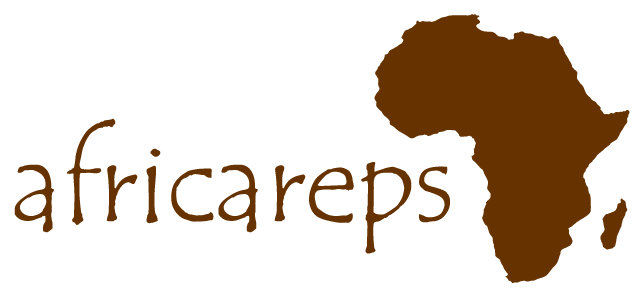
THE RAINS IN AFRICA
As I turn my face to what is now a steady breeze from the south, it smells like rain. It may be days or weeks away, but it reminds us of that beautiful tension between the hot, dry months and the incoming green wash of relief.
The start of the summer rains is the most exciting time of the year for me. A time when the air dances and impossible changes happen across the landscape we know and live in at Great Plains.
ol Donyo Lodge overlooks dry rolling grasslands, but those will hopefully be green in a few weeks. For months now, Great Plains Foundation has partnered with The Big Life Foundation to feed over 8,000 schoolchildren daily as they experience a terrible drought. When there is a crisis, we help one another, and we support the most vulnerable.
But the thundering sounds are also sounds of hope.

Kenya’s Masai Mara’s new life emerges like a moth. Here the first rain droplets bring birth. Thousands of impalas are usually born in the first weeks of November.
The dry heat at Zimbabwe’s Tembo Plains, one I particularly like because it drives elephants to the Zambezi River, now tapers off and brings a pleasantness to it.
Across Botswana, births begin. Baby warthogs will bob and perform on the new grass, and elephants will gulp up the last mouthfuls of the Selinda Spillway before heading inland.
Anyone who lives in the bush across Africa knows this feeling of absolute relief and joy at the season’s change. But what is different about this transition to summer is that it happens suddenly, with flashes in the sky and sheets of water falling from dark clouds.
Hemmingway wrote of this and the fact that the season change brings great hope, “The rain will stop, the night will end, and the hurt will fade. Hope is never so lost it can’t be found.”
And so, as is it for the children in East Africa, the elephants in Botswana, and the painted dogs on the Zambezi, help is on its way.
I can feel it in the breeze.

